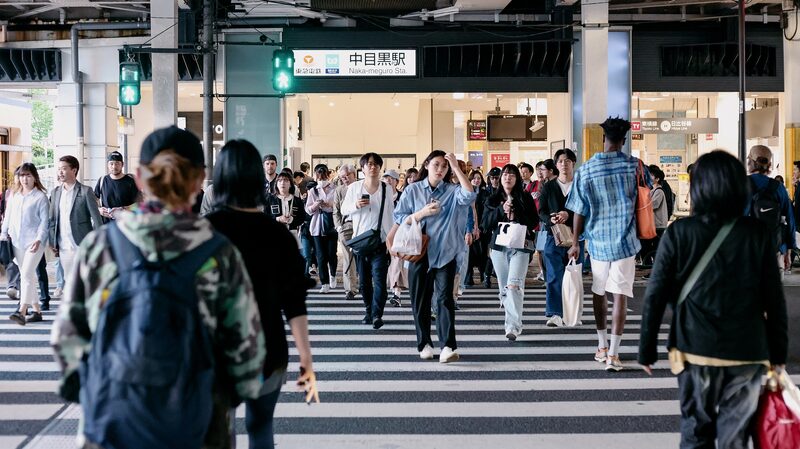🚨 Japan is facing a surge in cases of Streptococcal Toxic Shock Syndrome (STSS), with numbers soaring past 1,000 in 2024, according to the National Institute of Infectious Diseases (NIID). 😱
As of June 9, the preliminary count reached 1,019 cases since the start of the year, marking a significant increase in this severe bacterial infection compared to previous years. 📈
STSS, also known as severe invasive streptococcal infection, is a sudden-onset disease caused mainly by \"Group A Streptococcus.\" It's sometimes called the \"flesh-eating\" bacteria due to its aggressive nature. 🦠
Early symptoms can be tricky to spot—they often mimic a common cold! 🤧 Think sore throat, fever, loss of appetite, and tummy troubles like diarrhea and vomiting. But watch out for septic signs like low blood pressure. 😵
If not treated ASAP, things can get serious real quick! STSS can lead to damaged soft tissues, respiratory failure, liver and kidney failure, and even multi-organ failure. The mortality rate is over 30%. 😢
This year, the infection is spreading faster than before. By June 2, there were already 977 reported cases, surpassing last year's total of 941. 🚀
The NIID's weekly report from June 3 to 9 shows Tokyo leading with 150 confirmed cases, followed by Aichi with 69 and Saitama with 68. 🏙️
STSS spreads through droplets from the nose or throat and contact with wounds. Experts warn that early symptoms are easy to miss, so stay alert! 👀
🚑 If you experience a high fever with confusion or notice rapidly spreading redness around a wound, don't wait—seek medical help immediately!
Healthcare professionals urge everyone to be vigilant. Early detection and prompt treatment are key to preventing this serious disease. Stay safe out there! 💪
Reference(s):
cgtn.com




